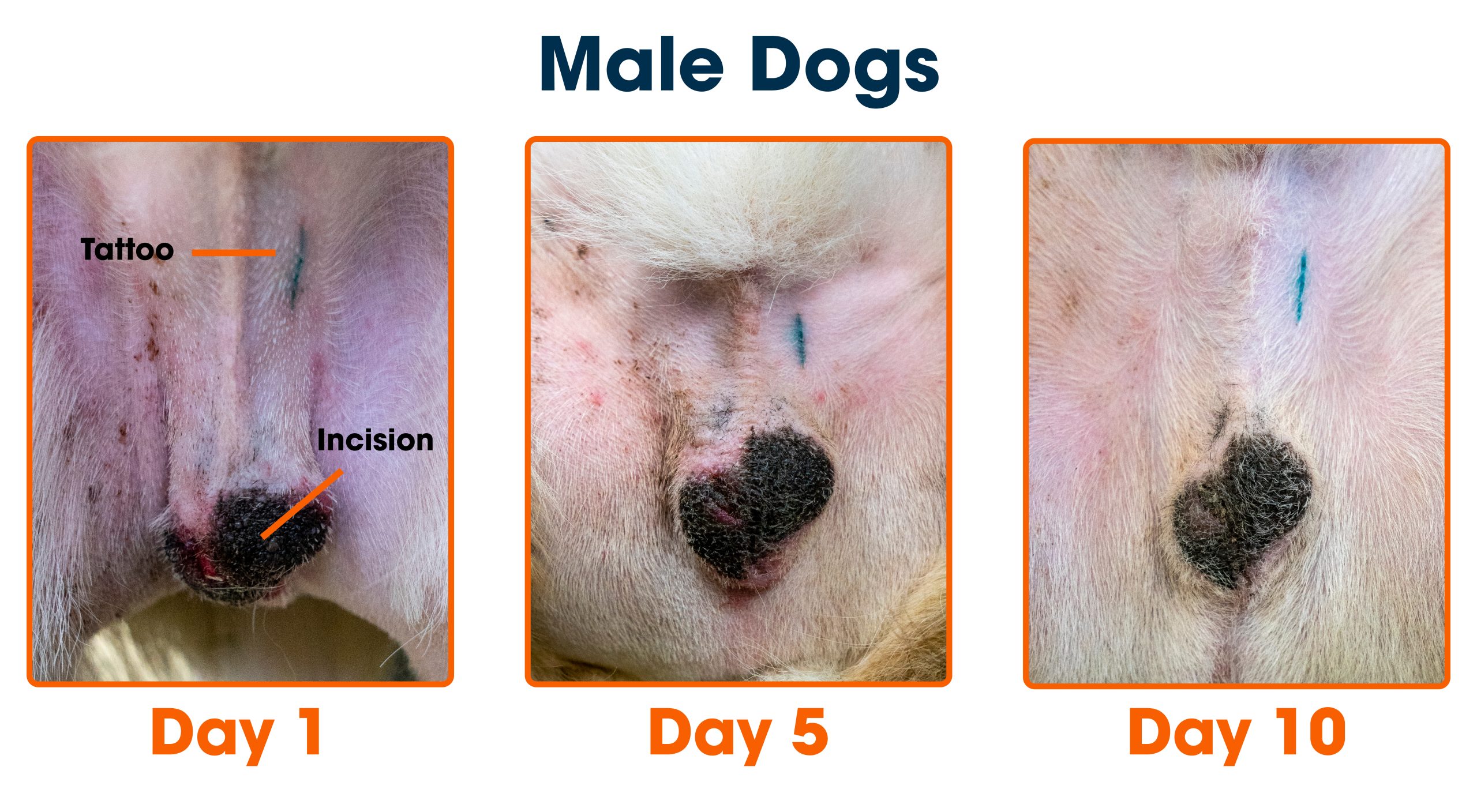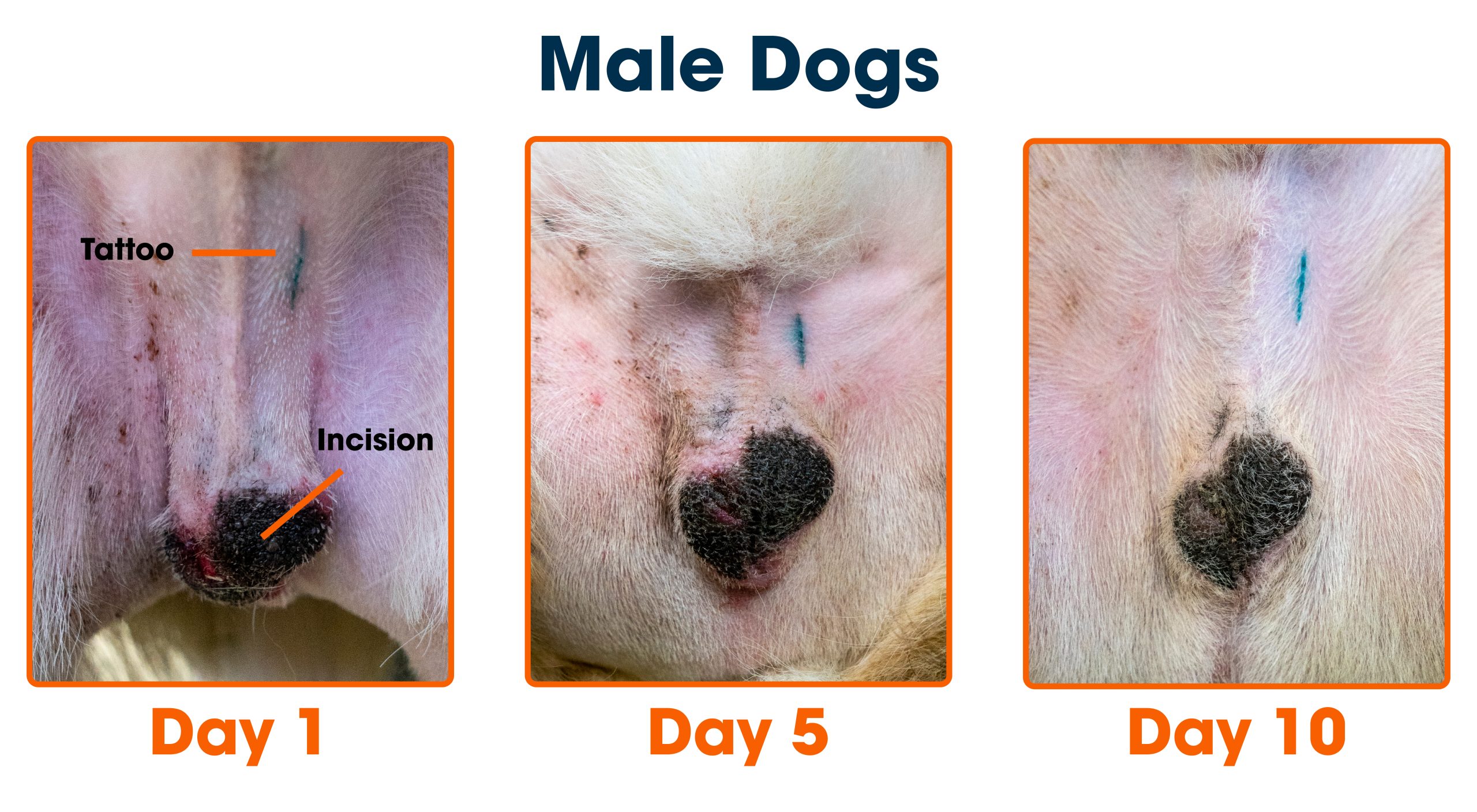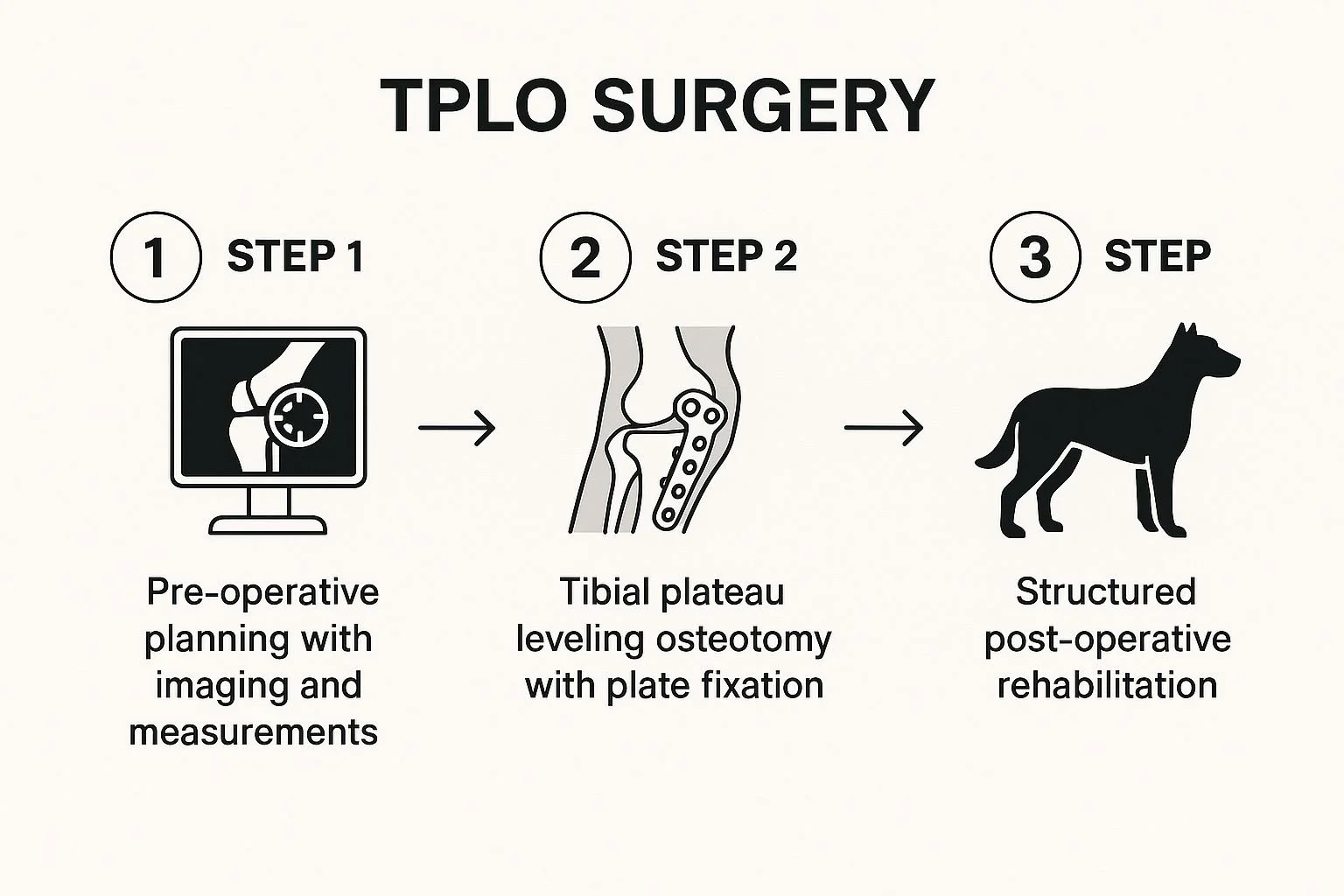If your dog is feeling unwell, your vet might need a urine sample to find out what’s wrong. But have you ever wondered how vets actually get that sample from your furry friend?
It’s not always as simple as it sounds. Knowing what to expect can help you feel more prepared and less worried during your visit. You’ll discover the easy and stress-free ways vets collect urine samples from dogs, and why it matters for your pet’s health.
Keep reading to learn the insider tips that can make this process smoother for both you and your dog.

Credit: www.facebook.com
Why Urine Samples Matter
Urine samples help vets understand a dog’s health clearly. They reveal hidden problems that may not show in a regular exam.
Testing urine can detect infections, kidney issues, and diabetes early. This helps vets provide the right treatment faster.
Samples also check hydration and how well organs work. This information guides vets in making smart health decisions.
Detecting Infections And Diseases
Urine tests find bacteria and germs causing infections. They show signs of bladder or kidney problems. This helps vets treat infections before they worsen.
Monitoring Organ Health
Urine analysis shows how kidneys and liver perform. It detects damage or disease early. This keeps organs healthy through timely care.
Tracking Hydration And Fluid Balance
Urine reveals if a dog drinks enough water. It shows dehydration or overhydration. Vets adjust care to keep fluids balanced.
Assessing Metabolic Conditions
Urine tests detect sugar and other chemicals. This helps identify diabetes or metabolic disorders. Early detection improves treatment success.
Preparing For The Sample Collection
Getting a urine sample from your dog is a task that requires some preparation. How well you prepare can make the whole process smoother and less stressful for both you and your pet. Before the actual collection, there are a few important things to have ready and ways to help your dog stay calm.
Necessary Equipment
Having the right tools on hand is key to collecting a clean urine sample quickly. You will need:
- Sterile urine collection container:A clean, sealable container designed for urine samples helps avoid contamination.
- Gloves:Wearing disposable gloves keeps the process hygienic and protects you.
- Clean plastic or paper sheets:These are useful if you need to catch urine during a walk or in the yard.
- Leash:Keeping your dog on a leash ensures control and safety while waiting for them to urinate.
Gathering these items beforehand avoids last-minute scrambling. Have you checked if your vet provides a container, or should you bring your own?
Calming The Dog
Dogs can sense stress, so your calmness directly affects how relaxed they feel. Try to keep your voice gentle and your movements slow. You might want to take your dog for a short walk first to help them empty their bladder naturally.
Offering treats or praise can encourage your dog to urinate without fear. If your dog tends to get anxious, bringing a favorite toy or blanket may provide comfort. Have you noticed what helps your dog relax in new situations?
Techniques For Collecting Urine
Collecting a urine sample from a dog is important for diagnosing health issues. Vets use different techniques based on the dog’s condition and comfort. Each method has its own benefits and is chosen carefully. Understanding these techniques helps pet owners know what to expect during a vet visit.
Free Catch Method
This is the simplest way to collect urine. The vet or owner waits for the dog to urinate naturally. A clean container catches the urine midstream. It is painless and stress-free for the dog.
This method works well for healthy dogs. However, contamination from fur or dirt can affect test results. It suits routine checks and monitoring ongoing conditions.
Catheterization
Catheterization involves inserting a thin tube into the dog’s urethra. This collects urine directly from the bladder. It is more precise than the free catch method.
Vets use this technique when a sterile sample is needed. It requires skill and care to avoid injury. Dogs may feel some discomfort, so sedation might be used.
Cystocentesis
This technique uses a needle to draw urine directly from the bladder. The vet locates the bladder by touch or ultrasound. It provides the cleanest and most sterile urine sample.
Cystocentesis is ideal for diagnosing infections or bladder diseases. The procedure is quick and causes minimal pain. It carries a small risk, so vets perform it carefully.
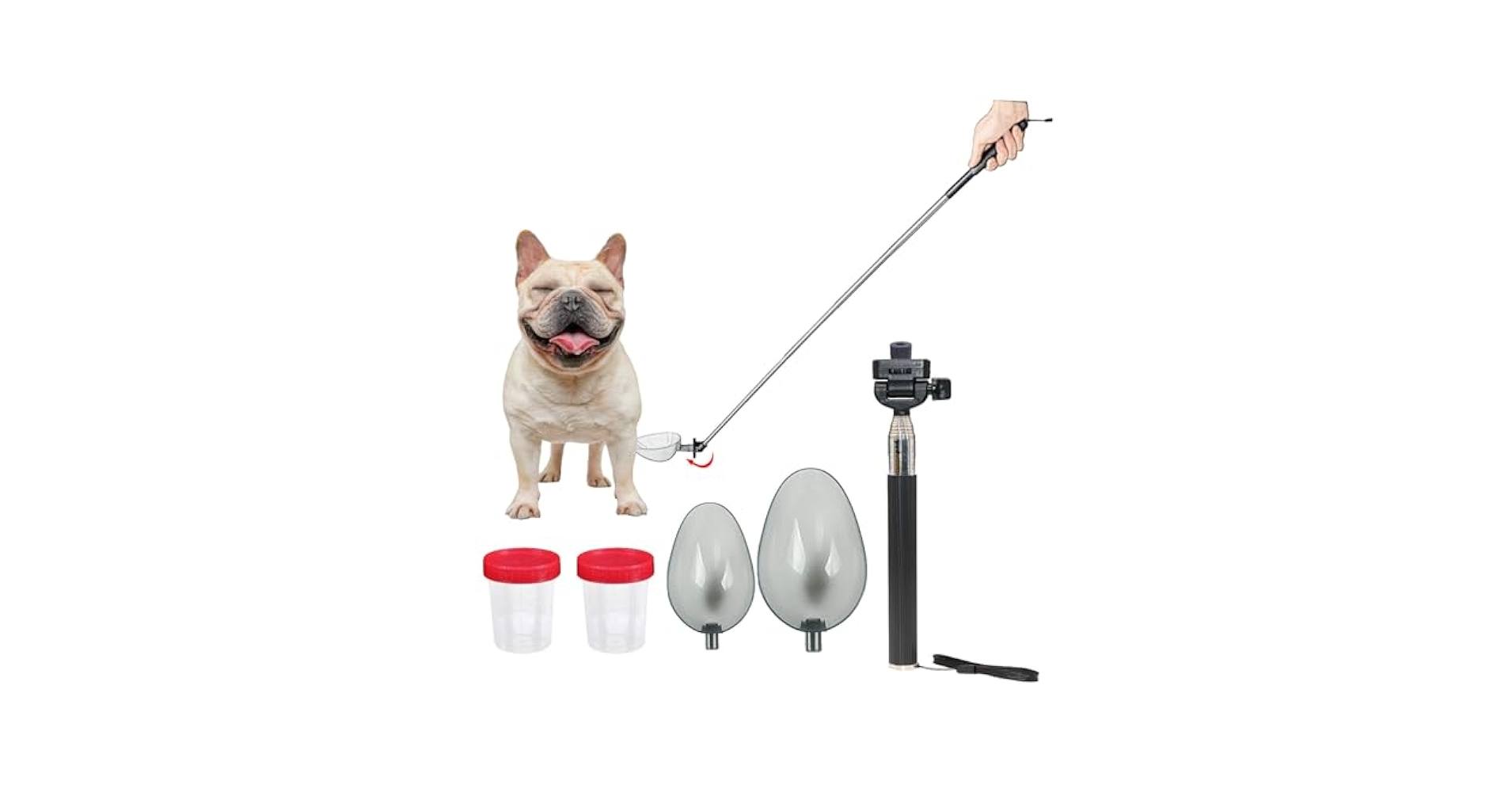
Credit: www.amazon.com
Ensuring Sample Quality
Ensuring the quality of a urine sample is crucial for accurate diagnosis and effective treatment. A contaminated or poorly stored sample can lead to misleading results, causing delays or incorrect treatment plans. Paying close attention to how the sample is collected and handled makes a significant difference in your dog’s health outcome.
Avoiding Contamination
Contamination is one of the biggest challenges when collecting a urine sample from your dog. Dirt, hair, and bacteria from the environment can easily mix with the sample and skew the test results.
To minimize contamination:
- Use a clean, sterile container provided by your vet.
- Collect the urine midstream—let your dog start urinating, then catch the sample partway through.
- Try to collect the sample directly from your dog’s urine stream instead of from the ground or a surface.
Have you noticed that even a small mistake in collection can lead to retesting? It’s frustrating but paying attention here saves time and stress.
Proper Storage
Once you have the sample, how you store it matters a lot. Urine samples can change quickly if left at room temperature, leading to bacterial growth or chemical changes.
Keep the sample cool by placing it in a refrigerator if you cannot get it to the vet immediately. Ideally, the sample should reach the vet within 1-2 hours of collection.
Avoid freezing the sample unless your vet specifically instructs you to do so, as this can damage certain components needed for testing.
Interpreting Urine Results
Interpreting urine results is a key part of diagnosing your dog’s health. These results give vets valuable clues about infections, kidney function, hydration levels, and more. Understanding what the numbers and findings mean can help you better care for your furry friend.
Common Indicators
Urine tests check for several common indicators that reveal your dog’s internal condition. These include:
- Color and clarity:Dark or cloudy urine may signal dehydration or infection.
- Protein levels:Elevated protein can indicate kidney problems or inflammation.
- Glucose:Presence of sugar often points to diabetes.
- Blood:Blood in urine can be a sign of urinary tract issues or trauma.
- pH balance:Abnormal acidity or alkalinity might affect stone formation or bacterial growth.
Have you noticed changes in your dog’s bathroom habits? These indicators might explain why.
What Vets Look For
Vets don’t just glance at numbers; they interpret the whole picture. They compare urine findings with your dog’s symptoms and medical history. A single abnormal result might not mean much, but patterns can reveal serious concerns.
For instance, if protein and blood appear together, vets might suspect kidney disease or bladder infection. If glucose is high but your dog shows no symptoms, further testing is usually recommended.
Vets also look for bacteria or crystals under a microscope to identify infections or stones. This detailed approach helps create an effective treatment plan tailored specifically for your dog’s needs.
Tips For Pet Owners
Collecting a urine sample from your dog can feel like a daunting task, but knowing the right approach makes a big difference. As a pet owner, your involvement is crucial to making this process smooth and less stressful for your furry friend. Here are some practical tips to help you understand when to reach out to your vet and how to support your dog during urine sample collection.
When To Seek Veterinary Help
Not all urine samples need to be taken at home. If your dog is showing signs like frequent urination, blood in urine, or discomfort, contacting your vet promptly is essential.
Your veterinarian has tools and expertise to collect urine safely and effectively, especially if your dog is uncooperative or has a medical condition. Sometimes, a sterile urine sample collected by a vet can provide more accurate test results.
Think about your comfort level and your dog’s behavior. If you feel unsure or if your dog is anxious, don’t hesitate to schedule a visit for professional assistance.
Supporting Your Dog During Tests
Dogs can sense our emotions, so staying calm helps your dog stay calm too. Use a soothing voice and gentle petting to reassure them throughout the process.
Try to collect the sample in a quiet, familiar spot where your dog feels safe. Bringing along their favorite toy or treat can also help distract and comfort them.
Patience is key. If your dog resists, take a break and try again later rather than forcing the issue. This prevents negative associations with the experience.
Have you noticed how a simple treat can turn a stressful moment into a positive one for your dog? Small gestures often make a big impact.
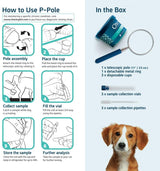
Credit: drjudymorgan.com
Frequently Asked Questions
How Do Vets Collect Urine Samples From Dogs?
Vets often use a clean catch method during natural urination. Sometimes, they perform cystocentesis by inserting a needle into the bladder to get a sterile sample.
Why Is Urine Sample Collection Important For Dogs?
Urine samples help diagnose infections, kidney issues, or diabetes in dogs. They provide essential information for accurate treatment and monitoring of health.
Can Urine Be Collected At Home For Veterinary Testing?
Yes, owners can collect urine midstream during natural urination using a clean container. Proper storage and quick delivery to the vet ensure sample accuracy.
What Methods Ensure A Clean Urine Sample From Dogs?
Using sterile containers and avoiding contamination during collection is crucial. Cystocentesis provides the cleanest sample but requires veterinary expertise and equipment.
Conclusion
Getting a urine sample from a dog helps vets find health problems early. They use gentle and safe methods to collect the sample. Sometimes, owners help by catching the urine during a walk. Other times, vets use special tools to get the sample.
This process is quick and does not hurt the dog. Knowing how vets collect urine can ease any worries. It helps pet owners understand why this test matters. Always follow your vet’s advice for your dog’s health. Small steps like this keep pets happy and strong.

